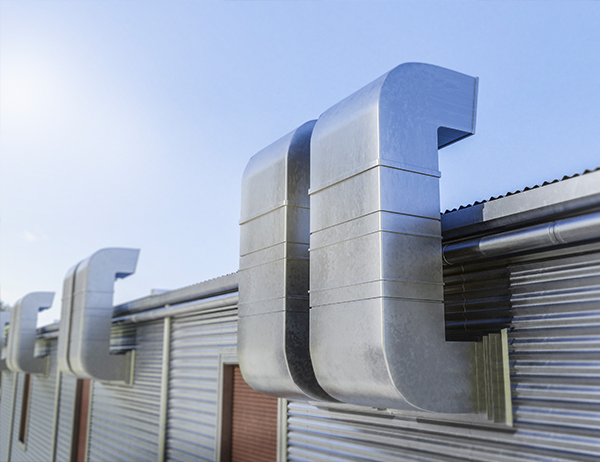Introduction
Usually, in Summer, the temperature rises with the increase in dampness and humidity. The humidity harms the roofs and walls by penetrating the material. Roof Ventilators play a significant role in stabilising the humidity and inside temperature. They are good for roof maintenance. Sydney is known for its humidity and hot temperatures, especially during Summer. Roof fixers usually recommend roof ventilators to people living there to prevent roof leaks. Let’s see how roof ventilators effectively control dampness and a moist environment in Sydney.
Roof Maintenance
Roof maintenance and roof restoration means maintaining the stability of the roof to prevent damage. It includes cleaning fungus or mildew and extracting the debris, humidity, and mugginess jammed in your attic and other roof areas. Consistency in maintenance can save you from renovating your property from scratch.
What are Roof Ventilators?
Roof ventilators are vents that help remove trapped air in the roof cavity. It filters the air and heat outside the buildings and lets the cool air enter inside in Summer. There are many types of vents.
- Box vents
- Whirlybird
- Exhausts
- Power vents
- Ridge vents
All these are helpful in roof maintenance and leakage. The correct installation of these vents will help you stabilise the environment. Otherwise, it would be a waste of money.
Are They Effective?
Living in a balanced environment is a basic necessity of life. For this purpose, roof vents are highly effective in neutralising the temperature and removing dampness from the cavity. They are useful for roof maintenance and restoration. No one wants to see their buildings/houses fall apart because of moisture in the air. Heat and hot air serve no good to your roof. It will eat your roof like termites. Thus, you won’t be able to do anything if you don’t have a balanced ventilation system to vent all this warmth and moisture.
Benefits
These are beneficial to use for the following reasons.
- The roofs remain safe, and the dampness slowly goes away.
- It’s cheap and electricity-free. If you’re using ventilators made up of fins, it can keep you stress-free from paying bills.
- It increases the duration of your roof to stay longer.
- It can also stop ice dams in winter made by moisture and cold air.
Drawbacks
As many things have pros and cons, similarly, these roof vents also have some drawbacks. Let’s see what they are.
- You must clean the roof ventilation once or twice weekly for better performance and smooth work.
- If you’re using ventilation with fins, wind is necessary for them to work. If there’s no wind, that means no ventilation.
- They are ineffective in removing cold air, so they are not helpful in Winter.
- The exhaust ventilation is noisy, which may disturb you by producing an annoying sound.
Conclusion
To keep yourself safe from hot air and mugginess, you should consider proper roof maintenance to prevent leakages. Roof ventilators help clean the jammed dirt and dampness in the walls and roof cavity. They don’t let them eat your building. Consult your nearest roof fixer to keep yourself from any harm, as the extremely humid temperature with scorching heat is not good for your health.
Frequently Asked Questions
How do we know what type of ventilation is effective?
You should use vents for your ventilation that are helpful with the climate of Sydney. For this, you should consult your roof fixer. An expert can tell you which vents are good for Sydney’s weather.
Are roof ventilators cheap?
Yes, some roof ventilators are inexpensive. They are easy to install. Electric-free vents are the cheapest because you don’t have to worry about the long electric receipts to pay at the end of the month.
Can I install the ventilation system on Solar?
Yes, you can connect your roof ventilators with your solar system. It’s good to take advantage of the overwhelming heat, as necessity is the mother of invention.

